RETRO – In this retrospective article, we’d like to remember one of the most atmospheric role-playing games of all time, Betrayal at Krondor and its sequel, Return to Krondor.
Based on the novels of Raymond E. Feist, Betrayal, published in 1993, is a nine-chapter classic fantasy story written in elegant English that is the game’s greatest strength. The vast area to cover and the complex and well-developed combat and magic system made even those who had never read a Feist novel fall in love with the world of Krondor. But true fans like me will not only read the author’s core works set in Midkemia, The Magician and its sequels, but also the novel versions based on the game…
“Our goal in making Betrayal,” Feist said in an interview, “was to make a truly interactive novel where the player decides how the characters act.” This novel feel was further enhanced by the game’s creators adding a ‘bookmark’ feature, which allowed you to hang up the book at any time, meaning you could continue from the same place when you left the game. Although there have been adventure games based mainly on novels by real writers (450 Fahrenheit, Ringworld), there has never been such an attempt to combine the novel genre with computer games. The story is not only present in the introductory chapters, but also in almost every main and side quest. At each major event, we were treated to a lengthy but very demanding and enjoyable passage of text.
A real adventure with real characters
Another big innovation compared to traditional role-playing games was that while in those games the player had to generate two characters, in Krondor we started with predefined characters. In principle, this would reduce the player’s creativity, as they would not have to be involved in shaping the character, but it made the story much more enjoyable by allowing them to control the characters of a real novel. In addition, fans of the Feist books will have enjoyed being able to control their favourites such as Jimmy the Hand, Pug, Sir Locklear and other heroes of the Mage and Riftwar Saga.
A true RPG
Of course, Krondor is still a role-playing game: here, too, the attributes granted by the various stats (melee, archery, magic, false key, etc.) play an important role, and these are constantly evolving through battle and practice. It was a great innovation (for some reason it has not been used in other role-playing games) that the characters improved at what they practised a lot. So if you fought all the time you became a pro at it, if you preferred the bow you honed your archery skills, if you did a lot of magic you became a master of magic, but you could also improve at things like sharpening sword blades, repairing armour, sneaking around or picking locks. In addition to the traditional skills, one character (Owyn, the wizard) could also play the lute, but at first only in a very dog-eared way, ‘bringing tears to the eyes of his companions. Later, however, through much practice (and torturing his friends), he learned to handle the instrument, and so we were able to earn money by having Owyn sing in pubs.
The combat system was the traditional round-robin battle, but it was made much more spectacular than in SSI RPGs, where all the battles took place between tiny little drawn tiles in rather undemanding locations. In Krondor, a lot of actors and monsters were digitised, and battles were fought in what was then, by the standards of the time, extremely spectacular 3-dimensional spaces.
Krondor was in every way superior to contemporary RPGs (and in many elements even to the current “wonders”…) yet at first, financially, it failed to earn the acclaim it deserved. The triumph of Westwood’s Lands of Lore, also released at the same time, played a big part in this, and although it was not superior to Krondor in any respect, it boasted a great advertising campaign…
Finally, it was the CD release two years later (!) that took the credit. This version featured real CD tracks instead of General Midi, Sound Blaster music, and an interview with Raymond E. Feist.
A fair copy
After the initial failures, Betrayal was slowly gaining a huge fanbase, so no one could understand why Dynamix or Sierra themselves hadn’t made a sequel in years. By the time Sierra finally wised up, Feist had already signed a contract with 7th Level for the official sequel.
So Sierra was forced to make a quasi-sequel in ’96 with a barely upgraded graphics engine (they still had the license), a completely new world and new characters. At the time I emailed one of the female creators, who proudly told me that her husband was writing the story and that it would be much better than Feiste’s… Well, Betrayal at Antara, released in ’97, had a strong “muscle smell”: they were sweating blood trying to knock off Krondor in terms of story and gameplay – unsuccessfully, of course. The whole game was like one of those Eastern European western films where the protagonist bursts into the saloon, waving his pistols and carefully taking care of his English pronunciation…
The true sequel
Feist had no luck with the 7th Level either: when the game was about halfway through production, the company went bankrupt. Much to everyone’s surprise, Sierra bought back the Krondor license and Return to Krondor itself after its own failed clone. Originally scheduled for release in ’97, the game was finally released in ’98, but it was worth every minute of the wait! Although it wasn’t as perfect as the eternal etalon Betrayal (which may never be surpassed…), the Krondor atmosphere, the great story (which unfortunately was not even written by Feist this time, but at least he was more actively involved in the game’s creation) was very much in place.
The biggest change was in the game’s playable area, which became both smaller and bigger. Whereas in Betrayal we could walk around the whole of Midchemistry in a simulator-like way, the larger cities and buildings were only sketched out. In the sequel, it was the other way round: We got to see every corner of Krondor and the villages we came across, but when we travelled with our team we only saw them on the main map.
The game’s story was only a trace of Betrayal: at Krondor, Locklear and a number of other playable characters from the previous game were missing, with James being the only familiar character among the many new ones.
Of course, the software engine has also changed at its roots: this time it was a half 3D, half Alone in the Dark graphics experience. As a result, the buildings were very detailed and the 3D effects-enriched combat was extremely spectacular. Unfortunately, despite its many good qualities, Return was still not better than Betrayal: the player was most annoyed by the bad camera angles, and the four to five days of gameplay seemed very short compared to the monumental Betrayal… Perhaps that’s why it didn’t become a bestseller after all, and Sierra, as much as it struggled to get the Krondor licence, dropped the whole thing so quickly.
So for the time being, there is no prospect of another Krondor instalment, but for those who have played both games, I highly recommend reading the Riftwar Legacy trilogy based on the games, written by Feist – you won’t regret it.
-BadSector-

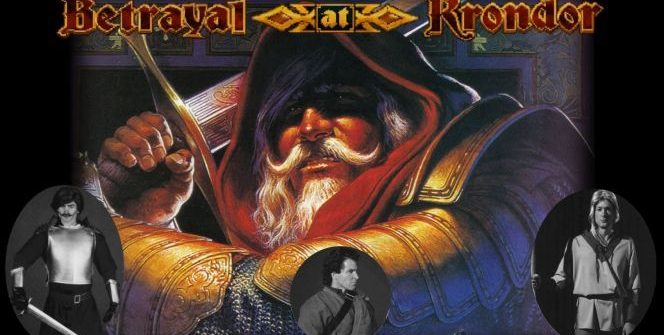

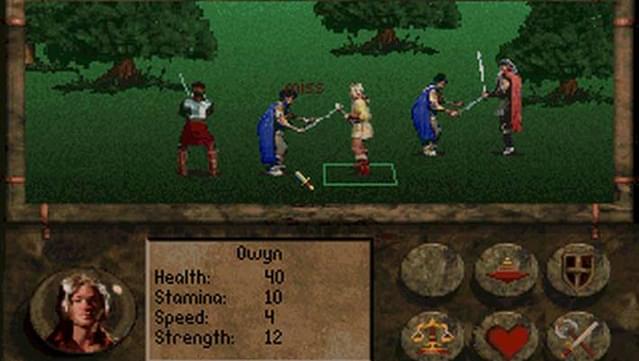

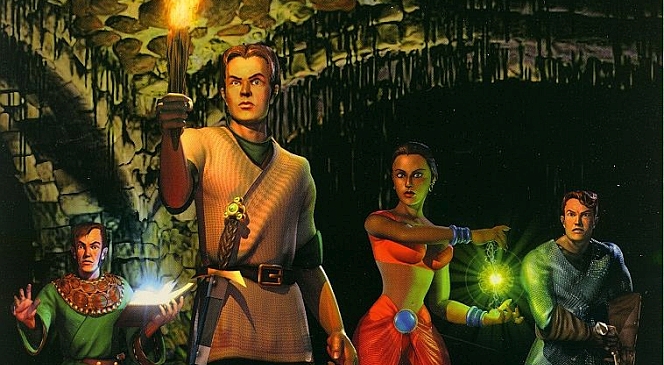
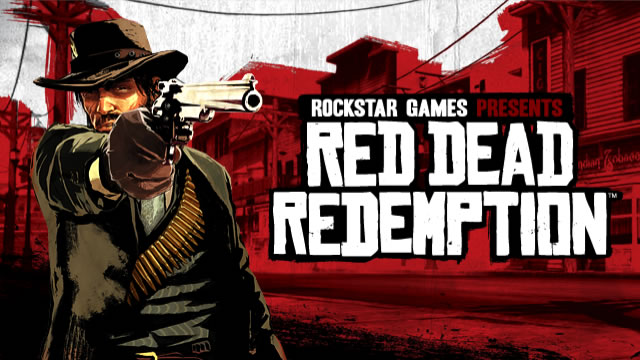
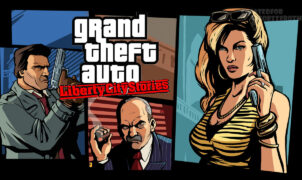
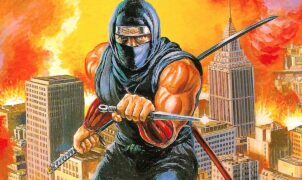
![Vampire: The Masquerade - Bloodlines – Prepare for Your Final Sunset! [RETRO-2004]](https://thegeek.games/wp-content/uploads/2025/10/theGeek-Vampire-the-Masquerade-Bloodlines-302x180.jpg)


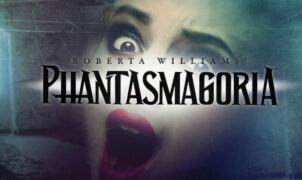
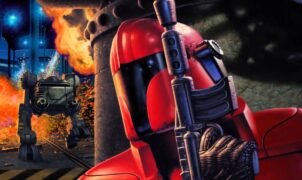





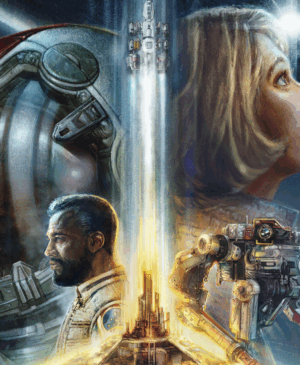
Leave a Reply